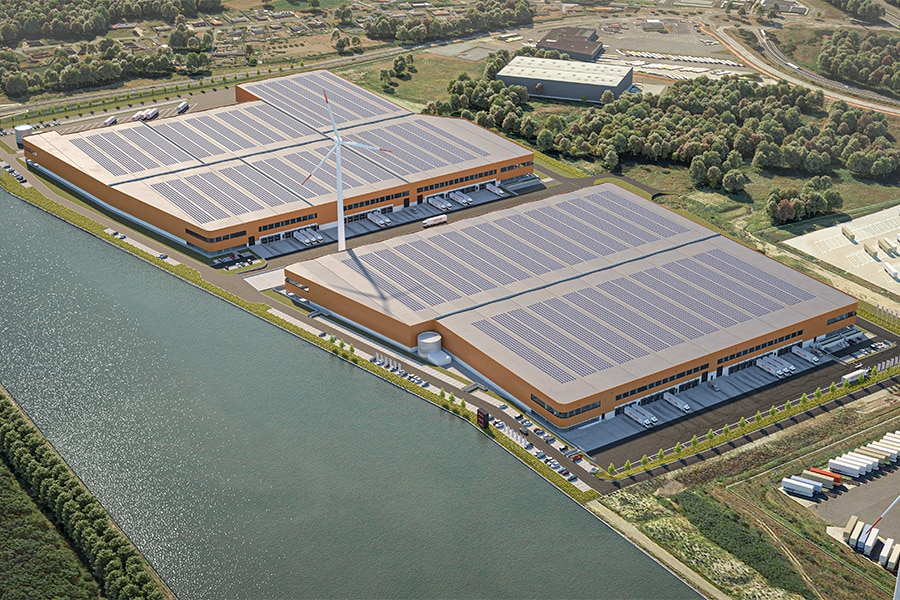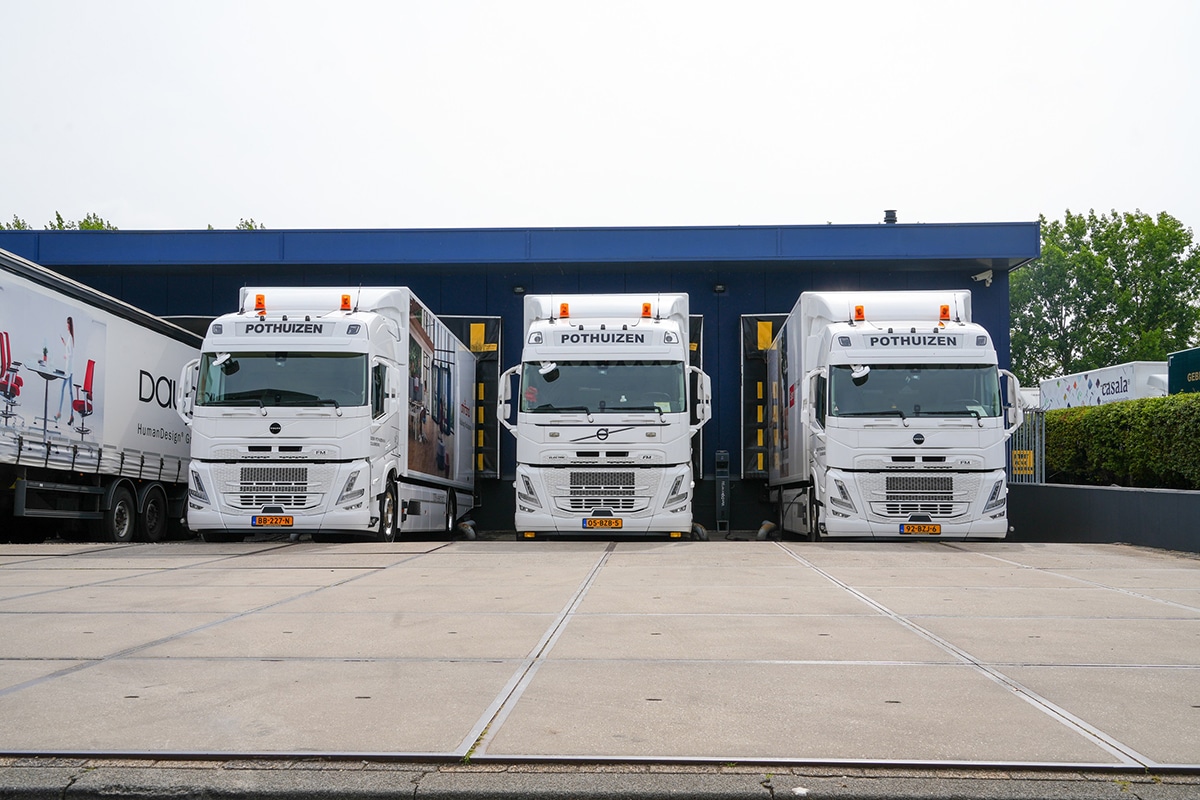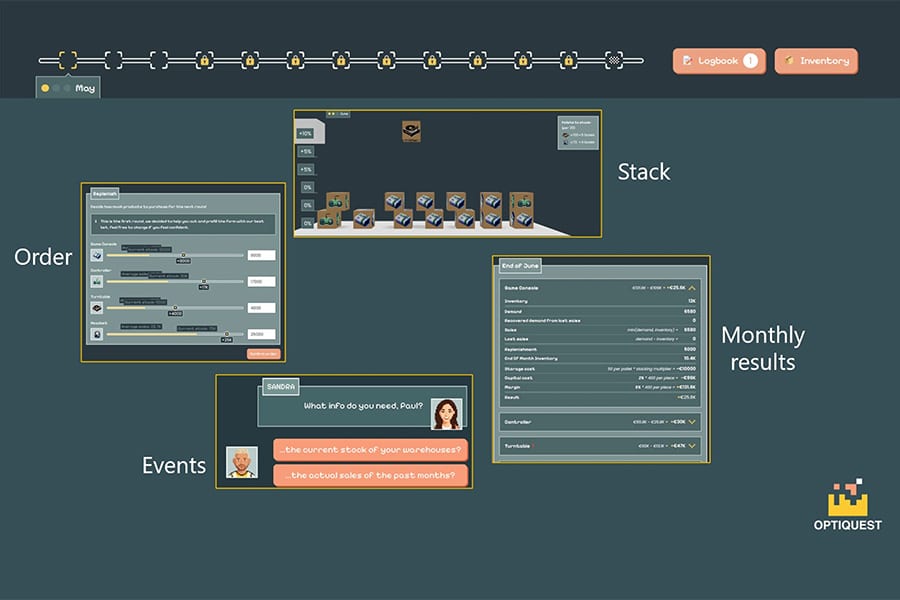
Does a BREEAM certificate make sense (yet)?
In the evolution toward more sustainable logistics real estate, BREEAM certification has become established as a label that allows you to assess the sustainability of a warehouse at a glance. However, for the builder and/or owner of such a certified site, a lot of money and resources come into play to achieve the label. In economically challenging times, not every company has the same appetite for making that extra effort. Although clients don't always leave the choice anymore.
The BREEAM (Building Research Establishment Environmental Assessment Method) methodology has come to be regarded as the "sustainability diploma" of choice for buildings since its inception in the 1990s. The methodology, which was developed by the British Building Research Establishment (BRE) is also well established in logistics real estate. The BREEAM method evaluates a project's ecological, social and economic sustainability performance, taking into account the site's (renewable) energy use, ecological handling of land, sustainable transport access and waste disposal. Light and air quality in the building, important for employee well-being, are also taken into account. Dutch Green Building Council oversees BREEAM certification in the Netherlands. In Belgium, the main reference is to BREEAM Communities, the online database designed to show builders and clients what is involved in obtaining certification (from "pass" to "outstanding").

Native
By now, then, the BREEAM label may be considered well-established, and for some time now it has been de rigueur to see reports of the completion of new logistics projects include their BREEAM ranking. Yet there are also companies that do not go through the certification process for their new projects. They don't flaunt it and therefore won't readily admit it on the record, but not every company that moves into a new (logistics) building has it BREEAM certified.
Luc Ysebaert, commercial director at Belgian industrial construction group Willy Naessens, sees a two-speed situation. "For companies aiming at a wide range of international customers, certification is virtually mandatory. Large multinational brands, for example, have big sustainability ambitions, in which their (logistics) subcontractors must also be included. Anyone who wants to work with these companies must be able to prove their sustainability efforts."
Additional costs
According to Ysebaert, about 3 out of every 10 buildings Naessens has recently built have BREEAM certification. According to him, the fact that a majority of clients do not go for the label has mainly to do with the additional costs. "Count on additional costs of 300,000 to 400,000 euros on an entire project. As a contractor, you have a lot of work to do. It is not unusual for one employee per project to be working almost full-time to follow up on the certification. It's not just about the possible cost of sustainable technology in the building, for example ventilation and wastewater treatment. The construction site also suddenly has to be furnished in a much higher quality and more comfortable way. Result: even the site hut for the construction workers becomes three times more expensive than normal."
As a result, construction has become a lot more expensive in recent years. Problems in the supply chain of building materials, energy shocks and rising labor costs mean that clients are watching the small stuff. "In some, simpler projects, it's just that there are no or hardly any components in the building to which BREEAM could apply," Ysebaert says. "In other cases, clients may assume that certification does not add value for them. That doesn't mean, by the way, that they are not concerned with sustainability. Solar panels on the roof, for example, are all over the place." So it looks more like clients are shaping the sustainability of their new buildings according to their own views and deciding for themselves where the balance lies between environmental benefit and added cost, but without the stringent requirements of the international BREEAM standard.
No escape?
Over the next few years, however, sustainability will move ever higher up the economic and political agenda. The introduction of the European Corporate Sustainability Reporting Directive (CSRD), for example, requires listed companies and public utility companies to report in detail on their sustainability goals starting this year. In later stages, it will also be the turn of smaller companies. Consequently, large shippers will increasingly look critically at the efforts made by their logistics subcontractors to operate in a sustainable and environmentally friendly manner. After all, large players are already being called to account for their so-called Scope 3 emissions (which includes the CO2 emissions associated with the transportation and storage of their products). So anyone who wants to work with them as a logistician will have to be able to prove their sustainability efforts. Perhaps consider a BREEAM label after all, then?




